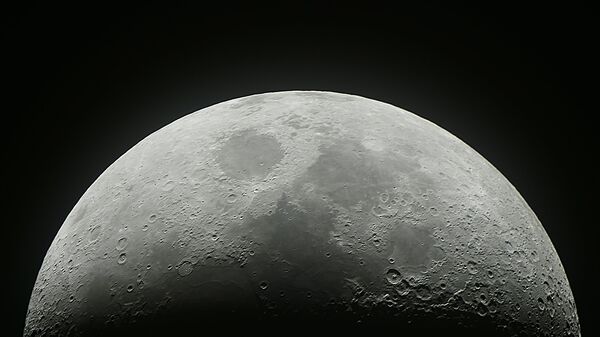The Indian Space Research Organisation (ISRO) has successfully conducted the crucial Lander Actuator Performance Test (LAPT) at the propulsion complex in Mahendragiri to demonstrate a successful soft and safe landing of the lander that has been named "Vikram." To carry out this test, an LAPT module was realized for testing in Earth's environment.
READ MORE: India's Second Moon Mission as Complex as NASA's Apollo Mission — Space Agency
The module, which is a scaled down version of Vikram with all the required hardware, was realized to compensate the effect of Earth's gravity as compared to Moon's gravity and to match the thrust generation of sea level liquid engines as compared to flight engines, which will operate in a vacuum environment.
"The objective of the test was to assess the closed loop integrated performance of sensors, actuators and navigation, guidance and control (NGC) and guidance algorithms below 100 meters height. Three tests have been conceived as part of LAPT Phase-2 activities to demonstrate these objectives," a statement issued by the ISRO on Friday reads.
"With this, all the tests have been completed successfully. This is a major milestone accomplished in Chandrayaan-2 Lander," the ISRO added.
READ MORE: India’s Manned Spaceflight Plan Gets Boost With Astronaut Escape Feature Trial
The instruments on the rover will conduct the in-situ analysis of elements such as sodium, magnesium, aluminum, silicon, etc. in the vicinity of the landing site. Mining and extracting Helium-3 deposits is not planned, as reported by some media.
Meanwhile, the ISRO has increased the weight of Chandrayaan-2 by 600 kg, as space scientists noticed during experiments that after the lander was ejected, the satellite would shake.
ISRO's second lunar mission, Chandrayaan-2, is expected to be launched by January or February next year.



